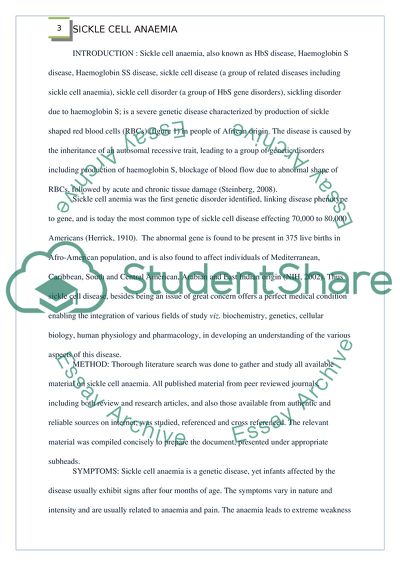Cite this document
(The Genetic Disorder Which is Called Sickle Cell Anemia Case Study, n.d.)
The Genetic Disorder Which is Called Sickle Cell Anemia Case Study. https://studentshare.org/medical-science/1745103-sickle-cell-anemia
The Genetic Disorder Which is Called Sickle Cell Anemia Case Study. https://studentshare.org/medical-science/1745103-sickle-cell-anemia
(The Genetic Disorder Which Is Called Sickle Cell Anemia Case Study)
The Genetic Disorder Which Is Called Sickle Cell Anemia Case Study. https://studentshare.org/medical-science/1745103-sickle-cell-anemia.
The Genetic Disorder Which Is Called Sickle Cell Anemia Case Study. https://studentshare.org/medical-science/1745103-sickle-cell-anemia.
“The Genetic Disorder Which Is Called Sickle Cell Anemia Case Study”. https://studentshare.org/medical-science/1745103-sickle-cell-anemia.


